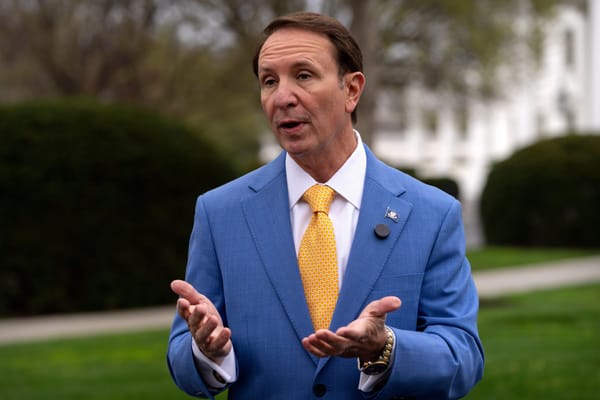Massachusetts Initial Proposal Approved
The state was allocated $147 million through BEAD.
Teralyn Whipple

July 26, 2024 – Massachusetts received approval for the second volume of its Broadband Equity, Access and Deployment Initial Proposal from the National Telecommunications and Information Administration on Thursday.
The NTIA allocated $147 million to the state through the $42.5 billion BEAD program, intended to connect every address in the United States to high-speed, reliable internet. States gain access to these funds only after Initial Proposals are approved, which outline the state’s broadband coverage map challenge process and the subgrantee selection process.
“All our residents, from students pursuing education opportunities, to individuals seeking new jobs and career training, to small business owners across the state, need high-speed internet in order to thrive in our economy,” said Massachusetts Gov. Maura Healey. “This proposal will help Massachusetts close the digital divide by bringing high speed internet to all.”
NTIA will continue to announce approval of Initial Proposals on a rolling basis. One year from Initial Proposal approval, states must submit a Final Proposal that details, among other things, the outcome of the subgrantee selection process and how the state will ensure universal coverage.
In June, the state published its challenge process map using data provided from the Federal Communications Commission’s broadband map. The challenge process, a required step in the implementation of the BEAD program, will allow entities to challenge coverage claims made by state broadband maps and serves as a mechanism to address gaps in high-speed broadband coverage across the state.
Massachusetts launched an initiative that seeks feedback from residents about internet quality and availability across the state in June. Massachusetts will gather feedback from locals on their high-speed internet and pinpoint places that are lacking adequate service. The state will then compare the data with the FCC’s National Broadband Map to check for accuracy.










Member discussion